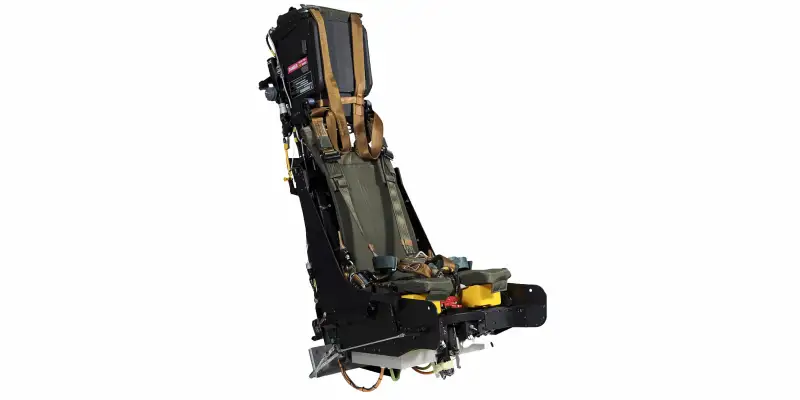Motion Cueing Systems
Motion cueing technology that significantly enhances the simulation training environment
- Sectors
- Cockpit Controls
- Motion Cueing Systems
A realistic and immersive simulation experience
Stirling Dynamics supports simulator manufacturers to deliver state-of-the-art training platforms for complex and demanding military applications. We provide our clients with intelligent, integrated and highly reconfigurable dynamic seats and g-seats for combat aircraft, lead-in trainers and helicopter training simulators. Put simply: our motion cueing systems offer some of the most advanced and compact technologies on the market today.
How does motion cueing work?
Motion cues are provided to the pilot through actuation built into the seats and harnesses. Our control software then ties these cues into the flight simulator, which in-turn replicates the feel of the aircraft in flight. Electrical actuators work within the seat to provide negative and positive motion cues, thus increasing the pilot’s situational awareness.

Motion cueing system FAQs
Do you have any questions about our motion cueing systems? We have you covered.
-
Are your seats pneumatic?
No, our seats operate with modern electric actuators and therefore have reduced noise and are more responsive, which helps with pilot immersion. Pneumatic systems require additional infrastructure or remote compressor systems making them less ideal for the limited space associated with pilot training systems.
-
What voltage do your systems work at?
Our motion cueing systems can operate on single or three phase supplies, depending on the seat specification.
-
Can you provide an exact copy of our pilot seat?
Yes, we can. We can also modify unserviceable, flightworthy seats to include our motion cueing packs (MCPs).
-
How big are the control units for your motion cueing systems?
Typically, our electronic control units will sit in a standard (19-inch width) control cabinet (approx. 37U floor standing cabinet).
-
How are the seats controlled?
Typically, the seat system will receive aircraft motion parameters from your simulation software which are mapped to actuator demands. The connection to your simulation computer will be UDP over ethernet.
Do you have a specific project in mind?
Let’s discuss your requirements.
Please use the form below to contact us:

